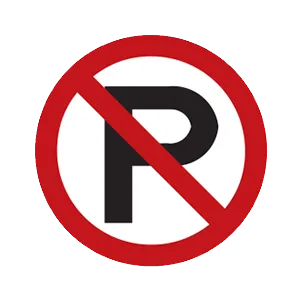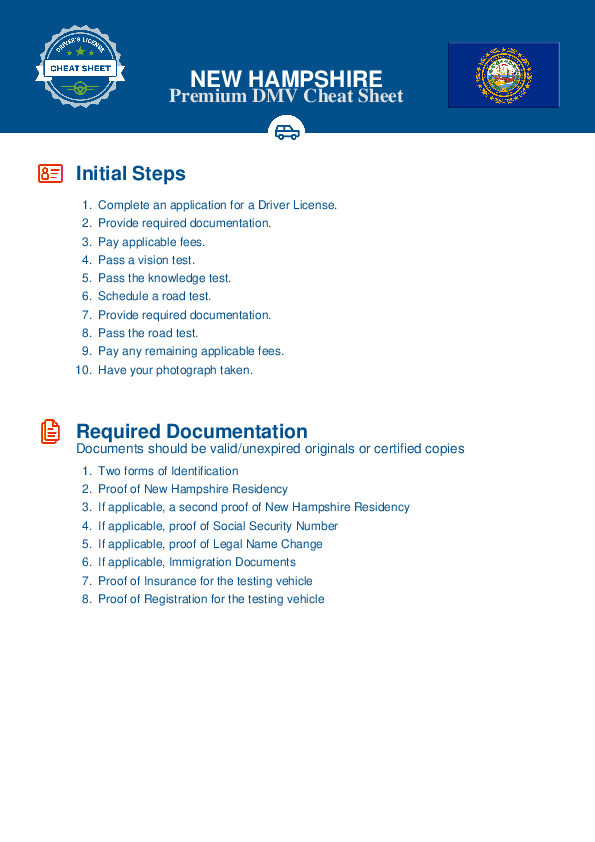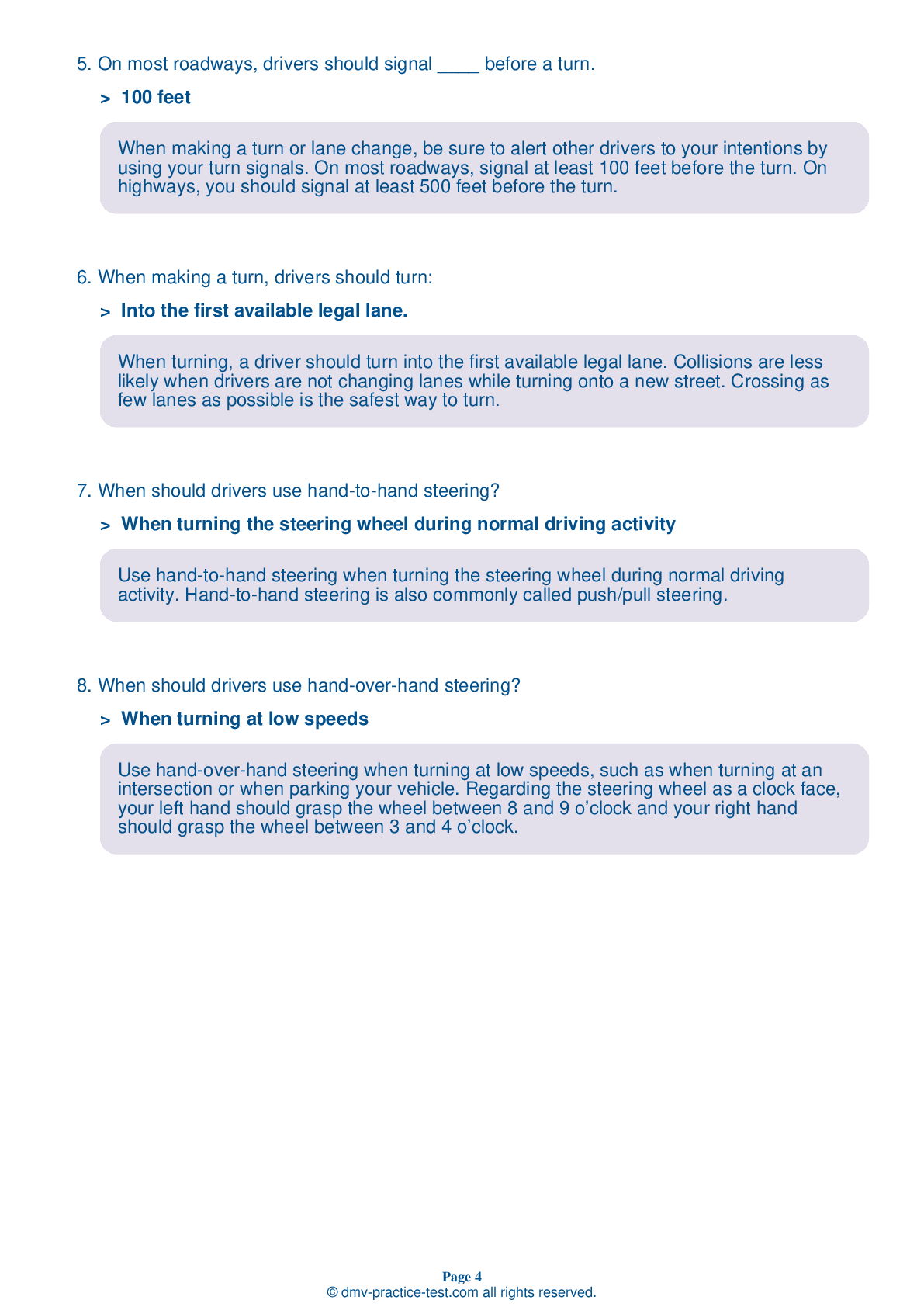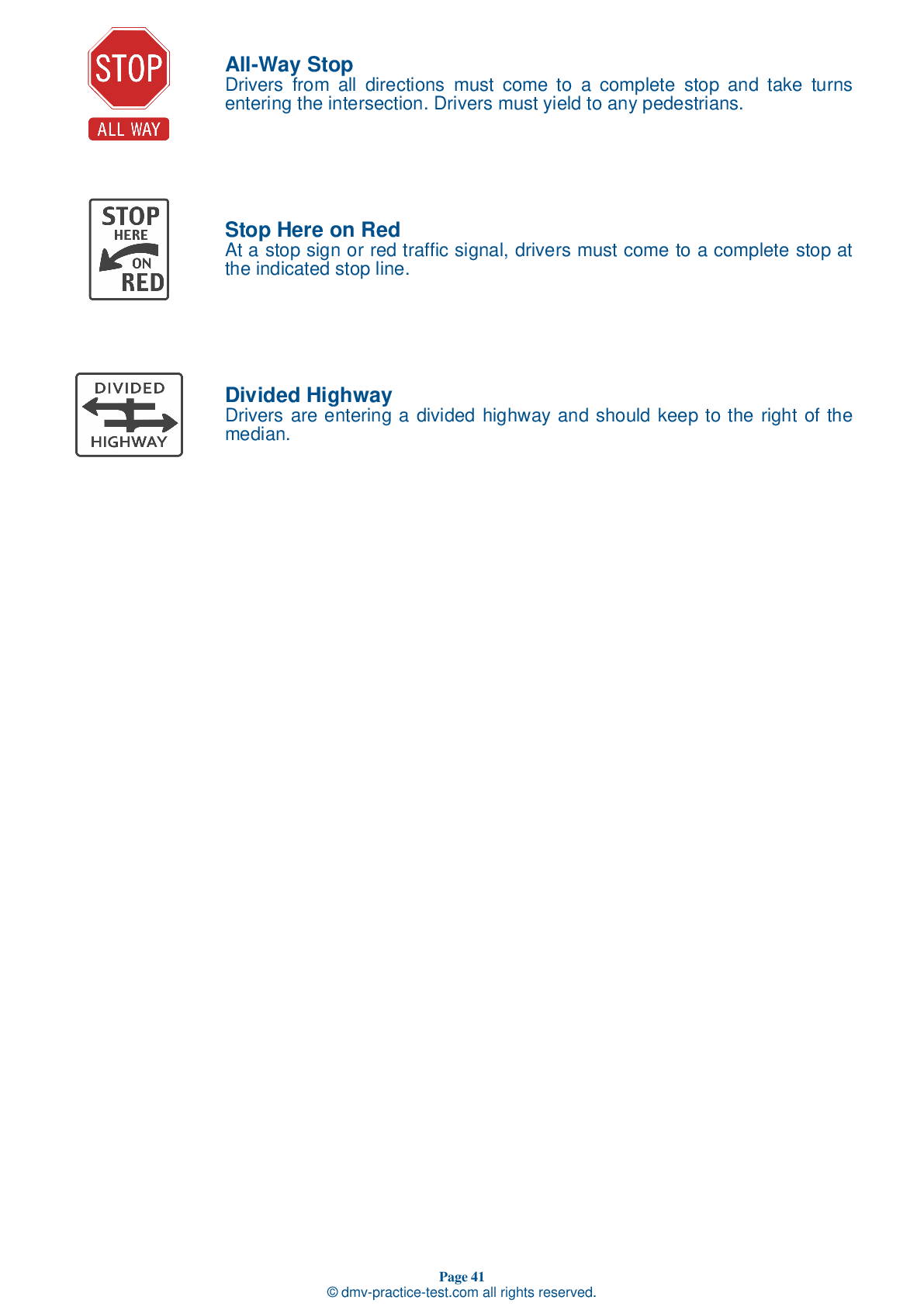FREE New Hampshire DMV Practice Test #12
The DMV practise exams in New Hampshire have been updated for January 2025. It includes questions based on the most important traffic signals and legislation in the New Hampshire Driver Handbook for 2025. To study for the DMV driving permit test and driver's licence exam, use actual questions that are very similar (often identical!) to the DMV driving permit test and driver's licence exam.
Each question on the practise exam has a tip and explanation to help you recall the ideas. Questions about traffic rules, traffic signs, and driving statutes, as well as knowledge from the Driver Handbook, will be included in the written portion of the official New Hampshire DMV test.
You must properly answer 32 of the 40 questions to receive a passing mark. Take this New Hampshire DMV practise exam to help you prepare for your instruction permit or driver's licence.
The DMV exam is offered in a variety of languages.
Using any form of testing help will result in an automatic fail, and the DMV may take further action against your driver's licence, so avoid it.
1 . When approaching a steady red traffic light, drivers should:
A steady red traffic light indicates that drivers must come to a complete stop. Driving through a red light is against the law and is extremely dangerous. Drivers may turn right on a steady red light if there is no sign prohibiting a turn on red.
2 . Drive below the posted speed limit when:
When the road is wet or slippery, when you cannot see well, or when anything else makes conditions less than perfect, drive below the posted speed limit. Even if you are driving within the posted speed limit, you can still be ticketed for driving too fast for conditions.
3 . Allow a larger space cushion than usual when stopping:
You should allow more space in front of your vehicle than usual when you are stopped on an uphill slope. If the vehicle in front of you rolls backward toward your vehicle when traffic begins to move again, it is less likely that there will be a collision.
4 . This sign means:

Regulation signs regulate traffic speed and movement, displaying rules which drivers must obey. This regulation sign indicates that parking is not permitted.
5 . You are driving when it starts to sleet or snow. You should:
In snowy weather, keep your windshield and mirrors clear. Increase your following distance when driving in wet and cold weather because a slippery road surface will increase the distance needed for your vehicle to stop.
6 . At a four-way stop:
At four-way stops, traffic from all four directions must stop. The first vehicle to reach the intersection should move forward first. If two vehicles reach the intersection at the same time, the driver on the left yields to the driver on the right.
7 . To check your blind spot before changing lanes:
To check your blind spot before changing lanes, you should look over your shoulder in the direction that you plan to move.
8 . If you stop at a railroad crossing with more than one track:
If you are stopped at a railroad crossing with more than one track, do not start moving as soon as a train passes. Wait until you have a clear view down all tracks before you start across. Even where there is only one track, do not start across immediately after a train passes; check again for another train that may be approaching.
Need Car Insurance? No problem!
Compare the best rates in New Hampshire and find a personalized policy that meets your needs.
1. Are You Currently insured ?
2. Married ?
3. Do you own your Home?
4. Do you have more than 1 car ?
5. Have you or a Family Member Honorably Served in U.S. Military ?
6. Your Name
7. Age
8. Zip code
IMPORTANT REMINDER:Auto Insurance is Mandatory to drive in New Hampshire. Get covered before you hit the road to avoid any fines.
Ranked by best match



